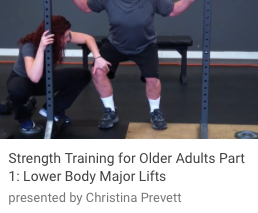Purpose: Identify patients presenting with low back pain who will likely respond favorably to a stabilization exercise program.
Stage of CPR Development: Invalidated (Rabin et al., 2014)
Rule:
| Stabilization CPR | Modified Stabilization CPR |
| Age < 40 years old | Aberrant movement present |
| Straight leg raise > 91° | Positive prone instability test |
| Aberrant movement present | |
| Positive prone instability test |
Derivation Study (Hicks et al., 2005):
| Variables | Sensitivity | Specificity | +LR | -LR |
| 2 | 0.83 | 0.56 | 1.90 | 0.30 |
| 3 | 0.56 | 0.86 | 4.00 | 0.52 |
Validation Study (Rabin et al., 2014):
| Group | Disability (p-Value) | Pain Score (p-Value) | |
| Stabilization CPR | Stabilization vs Manual Therapy | 0.05 | 0.26 |
| +CPR vs -CPR | 0.04 | 0.88 | |
| Stabilization CPR+ vs CPR- | 0.02 | 0.67 | |
| Stabilization CPR+ vs Manual Therapy CPR+ | 0.03 | 0.31 | |
| Modified Stabilization CPR | Stabilization vs Manual Therapy | 0.04 | 0.18 |
| +mCPR vs -mCPR | 0.27 | 0.67 | |
| Stabilization mCPR+ vs mCPR- | 0.02 | 0.16 | |
| Stabilization mCPR+ vs Manual Therapy CPR+ | 0.005 | 0.05 |
Continued Learning…
Continued Reading…









Great use of technology to take care of the back pain.
LikeLike